You are here
These daily descriptions are intended to provide a description of a typical six-day Middle Fork rafting trip. Trip length, campsite selection, and group itineraries will vary.
For more general information about the Middle Fork check out this Adventure Overview of the river.
Day 2 - Canyon Description
The stretch of river between Sheepeater Camp (mile 13) and Pistol Creek Rapid (mile 22) is a transition zone between the dense evergreen forests in the headwaters and the dryer, open sage and grass covered hillsides encountered downstream. While many of the north facing hillsides are still heavily timbered, there are several aspects with an open landscape covered by rocks and shrubs. This stretch of river also marks the transition from the higher alpine Douglas fir and lodgepole pine forests to the majestic ponderosa pine trees that occupy a lower elevation niche.
Wildfires in 2000 and 2007 have played a major role in the appearance of the landscape. The intensity of the burn along both sides of the river from Sheepeater Camp to Pistol Creek rapid is dramatic. The thick forests that once lined much of the corridor have been completely devastated, leaving a ghostly forest of dead trunks.
While dramatic and depressing in some ways, there are upsides to the impacts of the fires. First, the landscape feels much more open. Without the thick blanket trees, rafters can see beyond the immediate river corridor to the “bones” of bedrock ridges that climb skyward. Second, the color and vibrancy of the flowers and green shrubs that are re-colonizing the burn add a beautiful wash of color to the mid-summer landscape. Finally, it is a fascinating opportunity to watch the natural process of recovery and rejuvenation after such a major wildfire.
Below Pistol Creek Rapid the canyon turns to northeast. The walls kick back a little and feel a little less confining. The dense tree growth near the headwaters have largely transitioned to more spacious ponderosa pine groves. The effects of the fire, though still apparent, are less obvious as the sage and grass on the open, sunnier aspects has completely recovered. Large, flat river terraces along the left bank contain the private holdings of the Pistol Creek Ranch and the Forest Service Indian Creek airstrip (mile 25).
At the mouth of Indian Creek (mile 27) the canyon turns to the southeast and enters Pungo Canyon. Sandwiched between the hulking Pungo Mountain to the north and Little Soldier Mountain to the south, Pungo canyon is characterized by a maze of steep rock and shrub-covered ridgelines that climb more than 3,000 feet directly out of the river. Pungo Canyon ends abruptly as the river makes a 180-degree turn at Little Soldier Creek in the final stretch to Marble Creek Camp.
Day 2 - Whitewater Description
Rafters will have a long 9-mile warm-up through the Artillery series as well as some new rapids before hitting Pistol Creek, the big Class IV of the day. Fire-related landslides that deposited rocks and debris into the main river channel created new rapids at Sheepeater (mile 13.5), Greyhound (mile 16), and Lake Creek (mile 21.7). All are read-and-run Class II/III, but the newer sharp rocks can get sticky at low water.
Artillery is a busy 2.5-mile stretch between Greyhound Rapid and Rapid River that is a fun, rollicking ride at high water and a tricky series of boulder gardens at low flows. Enjoy a relaxing lunch on the deep pool at Dolly Lake before heading downstream to run Class III Cannon Creek, itself a remnant of a landslide in 1936.
The debris fan entering the river at Lake Creek Rapid marks the scouting stop for Pistol Creek Rapid less than a half mile downstream. The run through the bedrock S-turn at Pistol Creek ranges from a thread-the-needle line between powerful hydraulics at high water to a hard pull (or push) off the left hand wall at moderate to low flows.
The last significant challenge of the day lies in the depths of Pungo Canyon. Similar to the Artillery series, these rapids are all read and run Class II/III. At high water the wave trains through the entire canyon are fun and wet. At lower flows the rapids are fewer, more defined, and include yet another landslide rapid at Orelano Creek (mile 29.1). Kayakers looking for some playtime will be happy to find a great surf waves at Marble Creek Rapid (just downstream of camp).
Previous Day – Middle Fork of the Salmon River Day – 1
Next Day – Middle Fork of the Salmon River – Day 3
Reference: All content excerpted from The Middle Fork of the Salmon River – A Comprehensive Guide by Idaho River Publications.
Logistics + Planning
Preferable season(s)
Parking Pass
Pros
Cons
Put-in location (lat, long coordinates)
Take-out location (lat, long coordinates)
Recommended maximum flow
Recommended minimum flow
Features
Overall difficulty
Route Characteristics: Character
Suitable for
Location
Nearby Adventures
Nearby Lodging + Camping
Our mission is to inspire adventure with beautiful, comprehensive and waterproof map-based guidebooks. Owner, publisher, and photographer Matt Leidecker, grew up exploring and guiding on the rivers in central Idaho. His award winning Middle Fork of the Salmon River – A Comprehensive Guide is the standard by which other river guidebooks are measured. Printed on virtually indestructible YUPO paper, IRP guides are truly unique all-in-one resources for adventure. Each book is loaded with full-color maps, stunning photographs, and information on the history, geology, and wildflowers. Visit Idaho River Publications to explore our guidebooks to the Rogue River in Oregon and the mountains of Central Idaho.



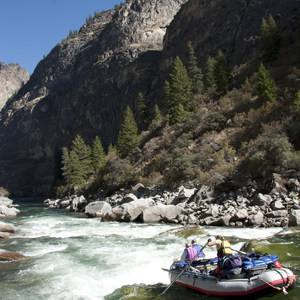
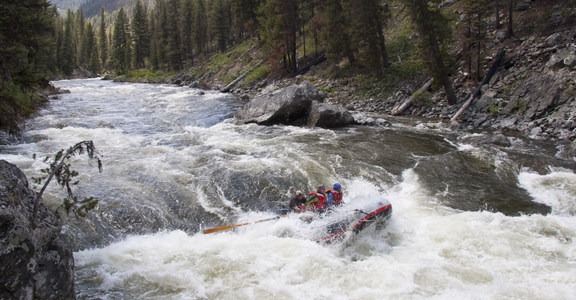

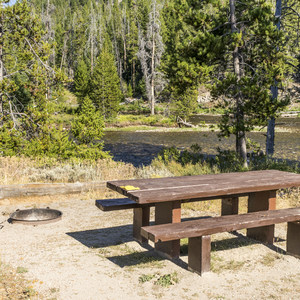
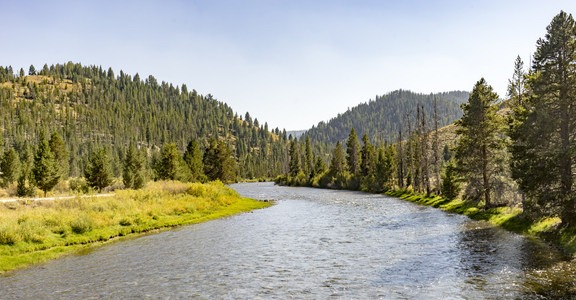
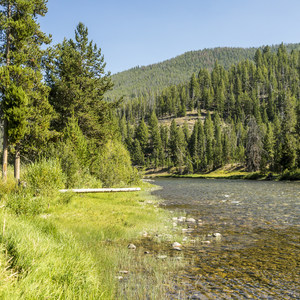

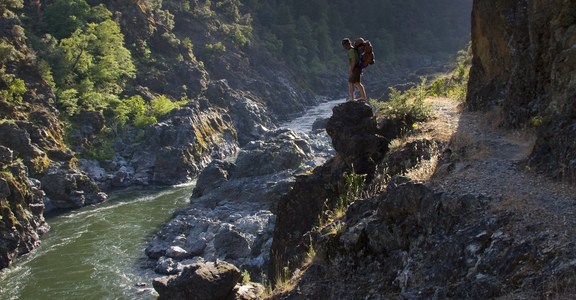
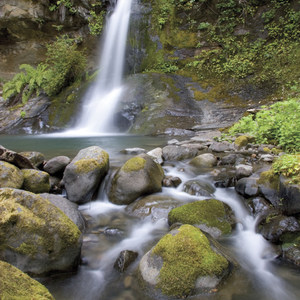
Comments
Sign In and share them.